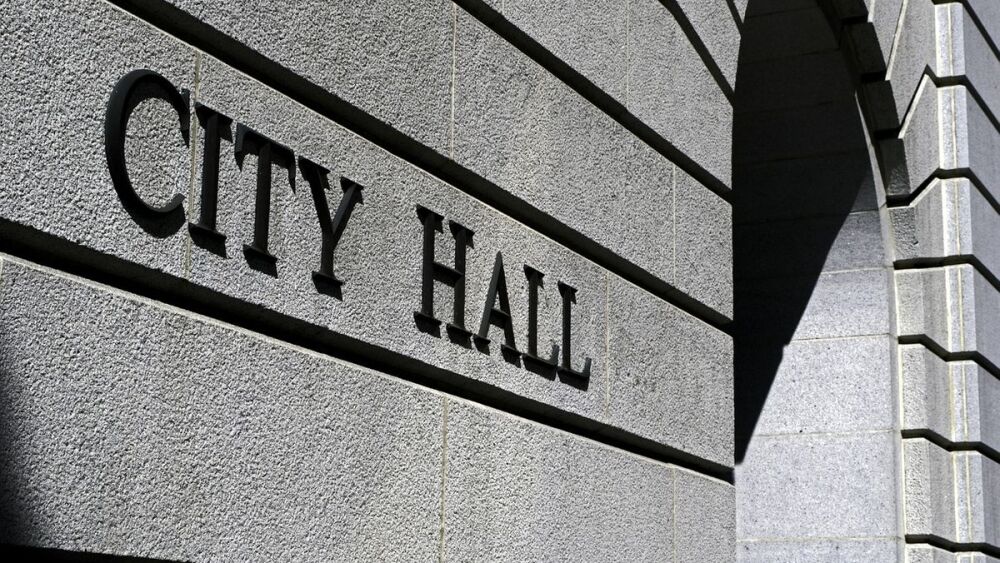By Philip Brasor and Masako Tsubuku
The Guardian
When people speak of natural disasters in Tokyo, they usually mean the major earthquake that seismologists say will eventually strike the Japanese capital. But for the local government, weather-related disasters are as much if not more of an immediate worry. The city’s coastal location puts it in the path of the Asia-Pacific region’s most violent typhoons – and there has been a measurable increase in the strength of rainstorms in recent years.
Tokyo’s rainfall in 2014 was about 20% above normal, but the kind of storms that have struck the capital lately are different than they were in the past. Many are caused by huge cumulus clouds that form quickly and in succession when moist air from the ocean comes up against the warm air trapped among tall, closely packed buildings. Locally, these sudden, intense downpours are called “guerrilla” storms, because they seem to attack out of nowhere.
Two years ago, four workers who were reinforcing storm sewers drowned when such a storm hit unexpectedly. The main problem in these situations is that Tokyo is covered with concrete and has many levels of underground infrastructure: there is no ground soil to absorb water. The city has two sewer systems, one for runoff and one for sewage, and when rainfall exceeds 50mm/hour the water is diverted automatically into the sewage channels, which fill up and have to be diverted into the sea, meaning raw sewage ends up in the environment without being treated. Last year, during one storm, Taito Ward in eastern Tokyo received 150mm in one hour.
Read full coverage here.


